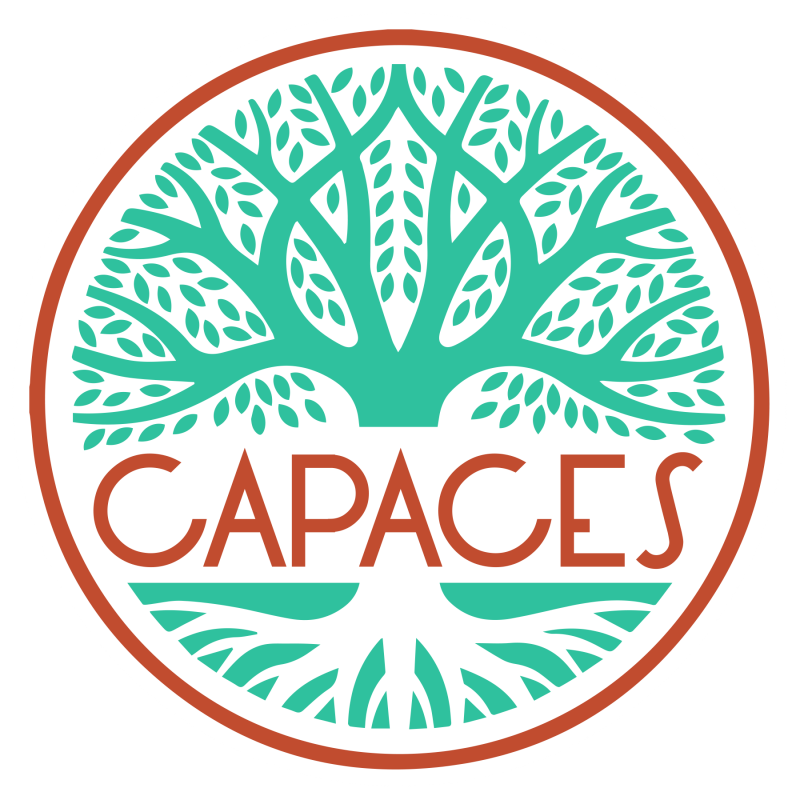Here’s a snaphot of how a one-story, 2,900 square-foot, wood-frame building, on a corner lot two blocks from the old downtown of Woodburn—Oregon’s largest city with a Latino majority—is the most spectacular example yet of Oregon’s farmworker movement and allies as the unlikely doing the improbable to achieve the amazing.
CLI building and construction “mission” statement:
PCUN and Greenhammer are leading the development and construction of the CAPACES Leadership Institute building in ways that:
- Meet “Passive House” standards, the first commercial or office structure in the U.S. to do so;
- Work within capital funds raised and require no assumption of debt;
- Promote community investment by asking everyone involved to contribute—volunteering labor and/or discounting or donating materials/services—and recognizing their contributions;
- Produce a structure and infrastructure that will last one hundred years with appropriate maintenance that, for the most part, ordinary folks can carry out;
- Ensure completion by January 2012;
- Source innovative, sustainable, and salvage materials;
- Increase capacity in the community which the CAPACES network serves and organizes;
- Rely on sub-contractors and vendors who are unionized and/or who support fair labor standards and practices;
- Strive to achieve “net positive” energy generation;
…offering countless opportunities to tell compelling stories rooted in the “Si Se Puede” spirit.
What’s “amazing” about the process of building the CAPACES Leadership Institute’s home?
- Striving for “net positive energy”. The only thing “passive” about the CAPACES Leadership Institute is its “Passive Building” design. By combining tight building envelope (sealed joints, triple-pane windows and special doors), with “thermal bridging” (separating inside and outside surfaces to drastically reduce conduction—such as the concrete slab floor, set on top of 8” rigid foam) and “heat recovery ventilation” (extracting heat from exhaust air to heat incoming fresh air), we’ll come very close to heating the Institute building with our own “hot air.” If resources permit, we’ll add solar panels, pushing the building’s performance past “net zero” to generating power.
- Volunteer labor. It takes longer to construct a building—especially a more complicated one—with substantial volunteer labor, but it’s worth it! We recruited and involved over 250 volunteers between groundbreaking and completion the concrete floor. Our goal is 10,000 fingerprints—of 1,000 volunteers—touching this project by the time the doors open in 2012.
- Donated/discounted materials and services. A dozen companies and professionals have already provided services (architecture, engineering, surveying, and construction consulting) and materials (electrical, lumber, green-roof seedum, loaned equipment). Our “wish-list” is long and includes two-dozen categories from “air barrier” to “trusses.”
- Learning as we go. Our “CAPACES de Verde” initiative trains workers on the techniques of “Passive House” building and facilitates a dialogue on “sustainability” that we’ve dubbed “green” (builders & developers) meets “brown” (Latino immigrant workers). The dialogue engages questions like: “what place does immigration status (“green cards”) have in the “green” world?”

